PRESENTATION: Mona Hatoum, Part II
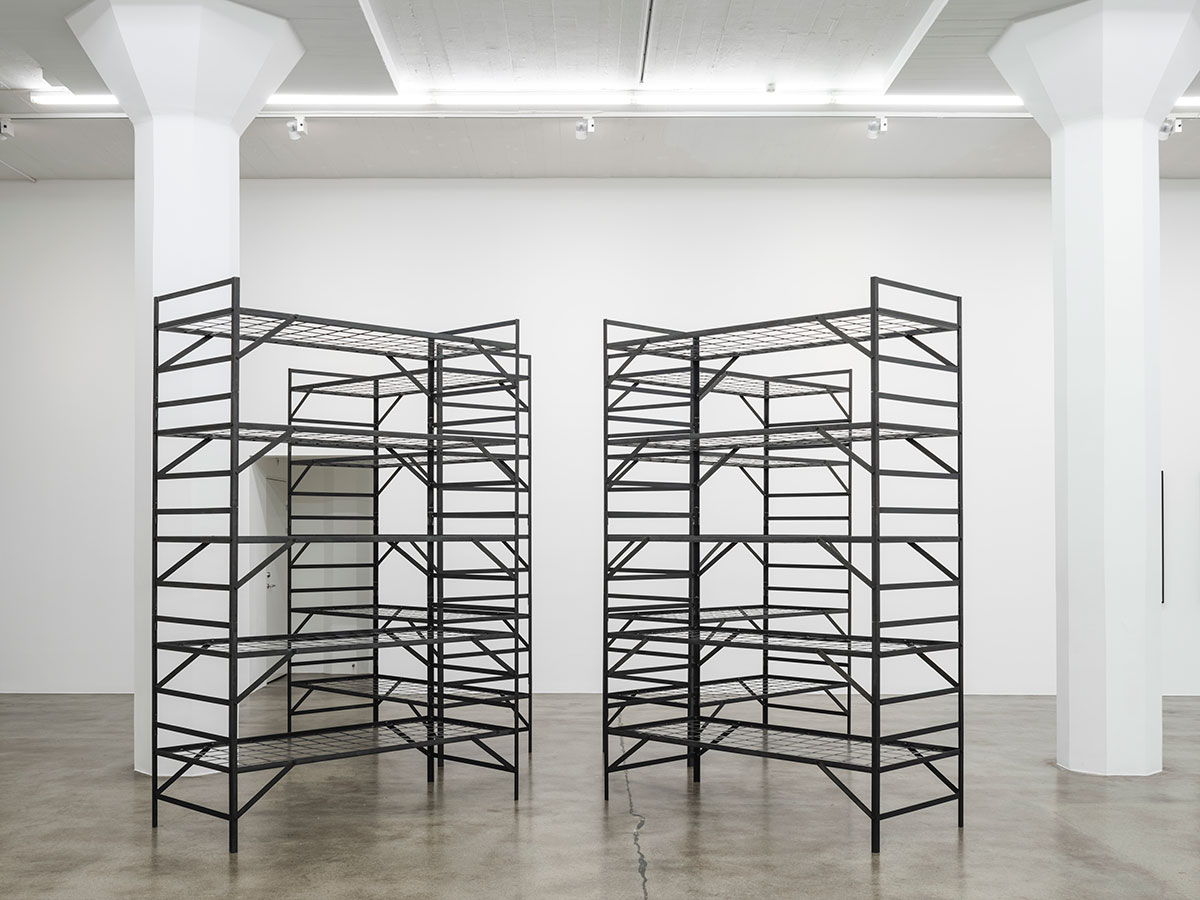 Mona Hatoum’s work dialogues, in an original and exemplary manner, with the major disciplines and Movements of contemporary art: Performance, Video, Kinetic Art, Minimalism and Conceptual art. The strength of her work comes from the feeling it induces in viewers. She leaves them to navigate through an unstable universe, a world driven by contradictions and unfolding in different time frames, characterized by tensions. Mona Hatoum often places viewers at the heart of the work, engaging them in dialogue, sometimes putting them to the test (Part I).
Mona Hatoum’s work dialogues, in an original and exemplary manner, with the major disciplines and Movements of contemporary art: Performance, Video, Kinetic Art, Minimalism and Conceptual art. The strength of her work comes from the feeling it induces in viewers. She leaves them to navigate through an unstable universe, a world driven by contradictions and unfolding in different time frames, characterized by tensions. Mona Hatoum often places viewers at the heart of the work, engaging them in dialogue, sometimes putting them to the test (Part I).
By Efi Michalarou
Photo: Magasin III & Accelerator Archive
Two solo exhibitions of Mona Hatum, are presented concurrently in two Stockholm institutions: “Revisit” at Magasin III Museum for Contemporary Art in and “So Much I Want To Say” at Accelerator. Since the early 1990s, Mona Hatoum has been regarded as one of the most important artists of our time. In the exhibition “Revisit”, the theme of ‘re-visiting’ occurs both in the exhibition’s actual format, but also in the works themselves, and in Hatoum’s tendency to revisit the same themes and concepts, with a wide variety of processes and materials. For this exhibition, Hatoum has produced a new work entitled “Electrified (variable IV)’ (2022). The new work reconnects with the theme and materials of the work “Undercurrent”, which Hatoum created for her solo exhibition at Magasin III in 2004. Among the works of the exhibition “Baluchi (blue an orange)” (2008), is traditional oriental carpet looks as if in a state of disintegration as large patches of the weave appear to have been moth-eaten or somehow worn-out. On second glance one can see that the apparently random patches come together to form a recessed world map seen from above. So here is the map as the meticulous work of moths that chose to represent the world on the carpet. Here, we can also see something like the representation of home, the hearth, the journey, belonging. Mona Hatoum explores ideas of violence, oppression, pain, barriers, and control in “Quarters” (1996) by recalling institutional and highly regulated sleeping quarters such as military bunkers and prison cells. She says, “I want the work to have a strong formal presence, and through the physical experience to activate a psychological and emotional response. In a very general sense I want to create a situation where reality itself becomes a questionable point”. Some of the works included in the exhibition “So Much I Want To Say” at Accelerator were produced in the early part of Hatoum’s career, in the mid-1980s, and others were conceived in conjunction with the above mentioned exhibition at Magasin III. The works presented in the Accelerator exhibition span these 20 years. During this time, Hatoum’s practice has changed, particularly in relation to the techniques she works with, but is still nevertheless characterised by a consistent, restrained expression and a frequent undertone of conflict or unrest. In “So much I want to say” (1983) a series of still images unfolds every 8 seconds, revealing the face of a woman in close-up, gagged by two male hands to obscure most of her features. The sound track features a female voice repeating the words “So much I want to say”, a resonant phrase which we hear over and over again. The work was filmed in Vancouver and transmitted to Vienna during a Slowscan video exchange. Using the procedure of satellite transmission, Hatoum hoped to interrupt and subvert the idea of the easy flow of information through electronic media. “Roadworks” (1985) is a video documentation of an action that took place in 1985 in the streets of Brixton in South London. Brixton is an area of London with a large Afro-Caribbean population which had experienced violent race riots in previous years, resulting in a prominent police presence throughout the area. For this action, Hatoum walked barefoot, dragging a pair of large Doc Martens boots behind her attached to her ankles by their laces. This brand of boots was traditionally worn by the police as well as by skinheads who were known for their racist violence. Themes of exile and displacement are continued in the final piece of the exhibition, a sculptural installation titled “Undercurrent (red)” (2008), which consists of interwoven red electrical cables that form a square mat, or quilt, on the concrete floor of the gallery. The piece, which visually references homespun textiles, eventually unravels at the edges, forming a mass of tangled red cords tipped by fifteen-watt, white light bulbs. “Undercurrent (red)” recalls light-bulb installations by Félix González-Torres, yet Hatoum’s piece also alludes to the cultural fabric of humanity as a complex and well-knit community, but one that is unraveling at the seams.
Photo: Mona Hatoum, Quarters, 1996. Collection Magasin III. © Mona Hatoum. Installation view, Mona Hatoum – Revisit, Magasin III Museum for Contemporary Art, 2022. Photo: Jean-Baptiste Béranger
Info: Curator: Olga Krzeszowiec Malmsten, Magasin III Museum for Contemporary Art, Frihamnen, Frihamnsgatan 28, Stockholm, Sweden, Duration: 19/2-15/10/2022, Days & Hours: Fri & Sat 11:00-17:00, www.magasin3.com & Curator: Richard Julin, and Therese Kellner, Accelerator, Stockholm University campus, Frescativägen 26A, Stockholm, Sweden, Duration: 19/2-19/6/2022, Days & Hours: Tue & Thu-Fri 12:00-18:00, Wed 12:00-29:00, Sat-Sun 12:00-17:00, https://acceleratorsu.art
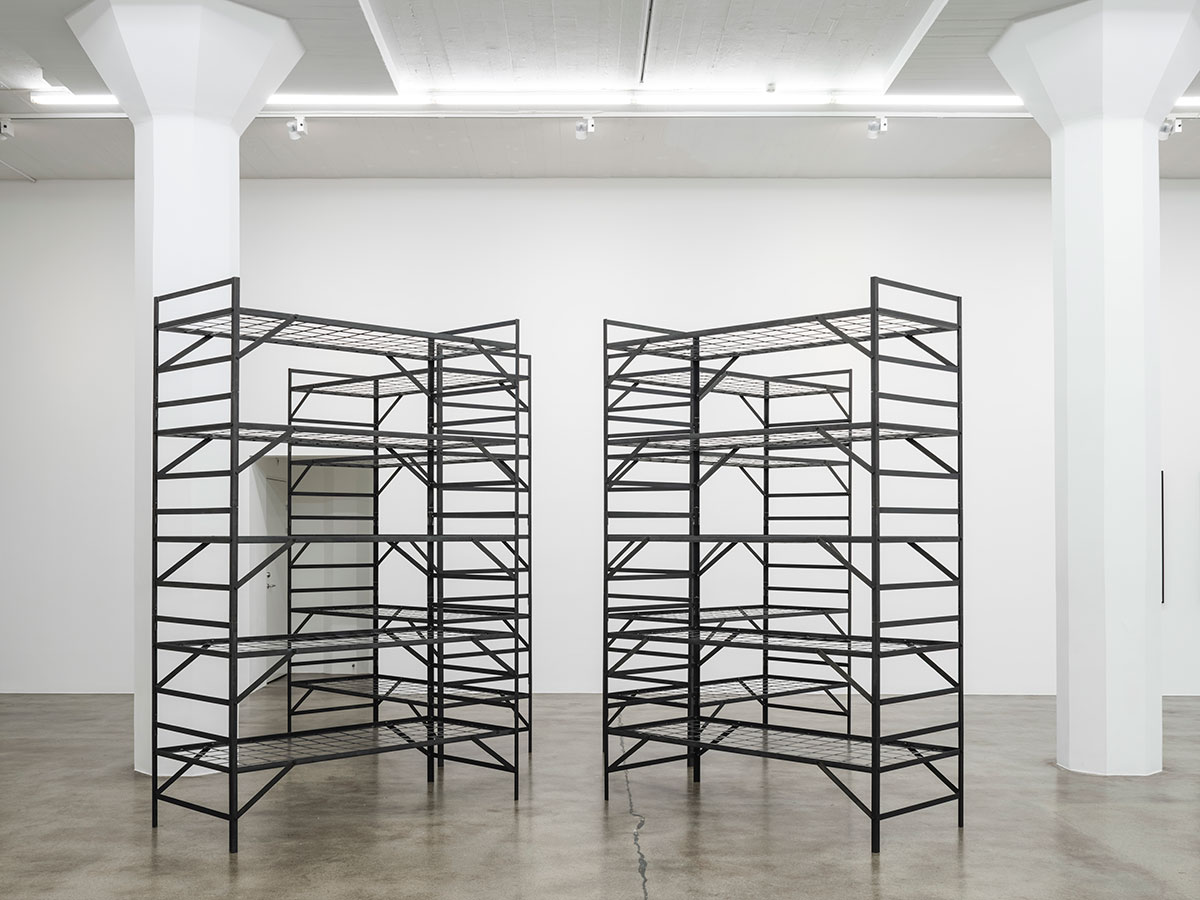

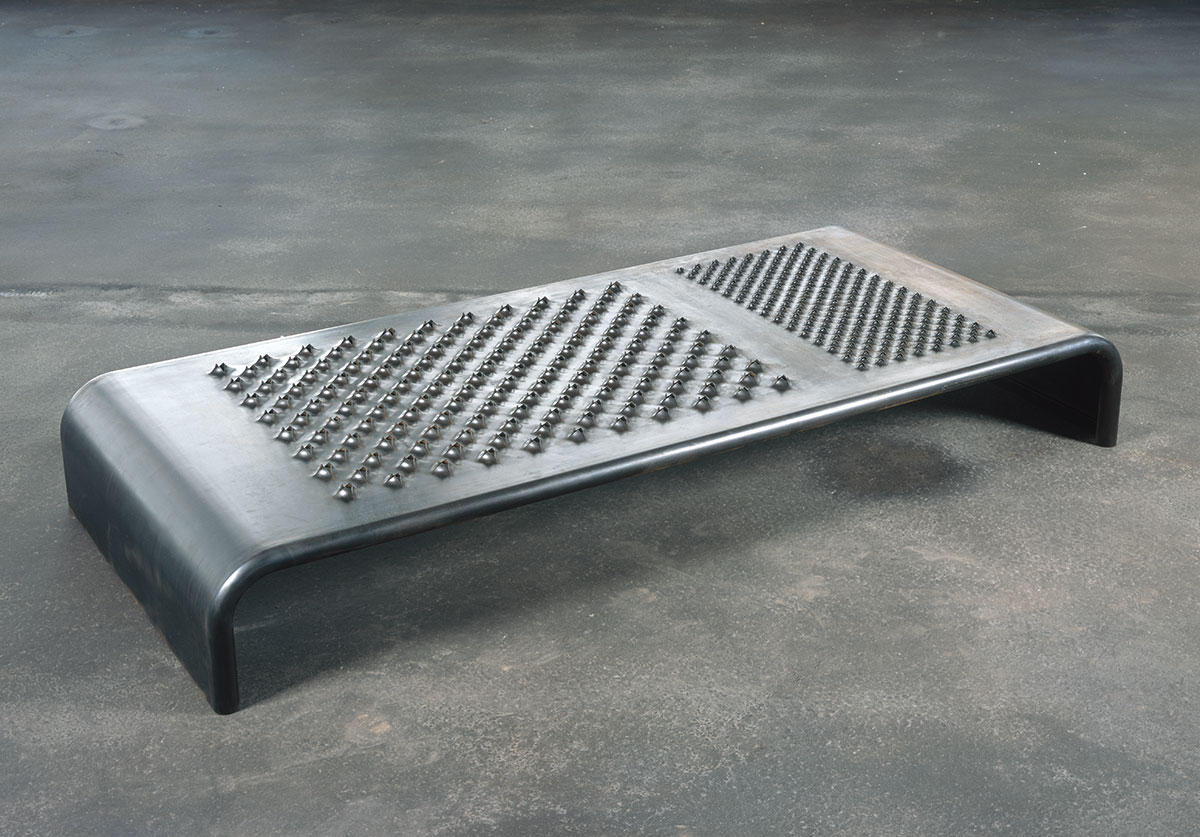
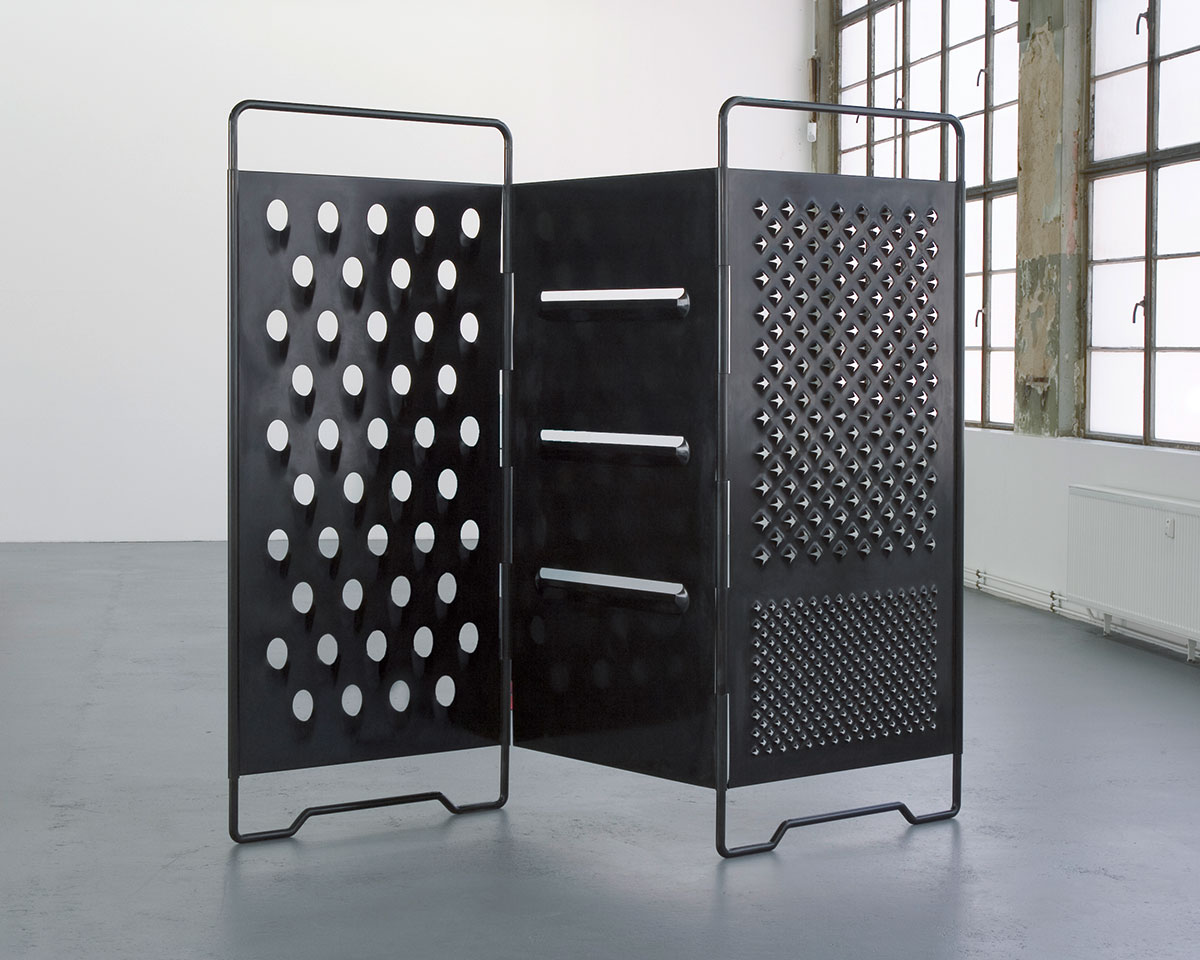
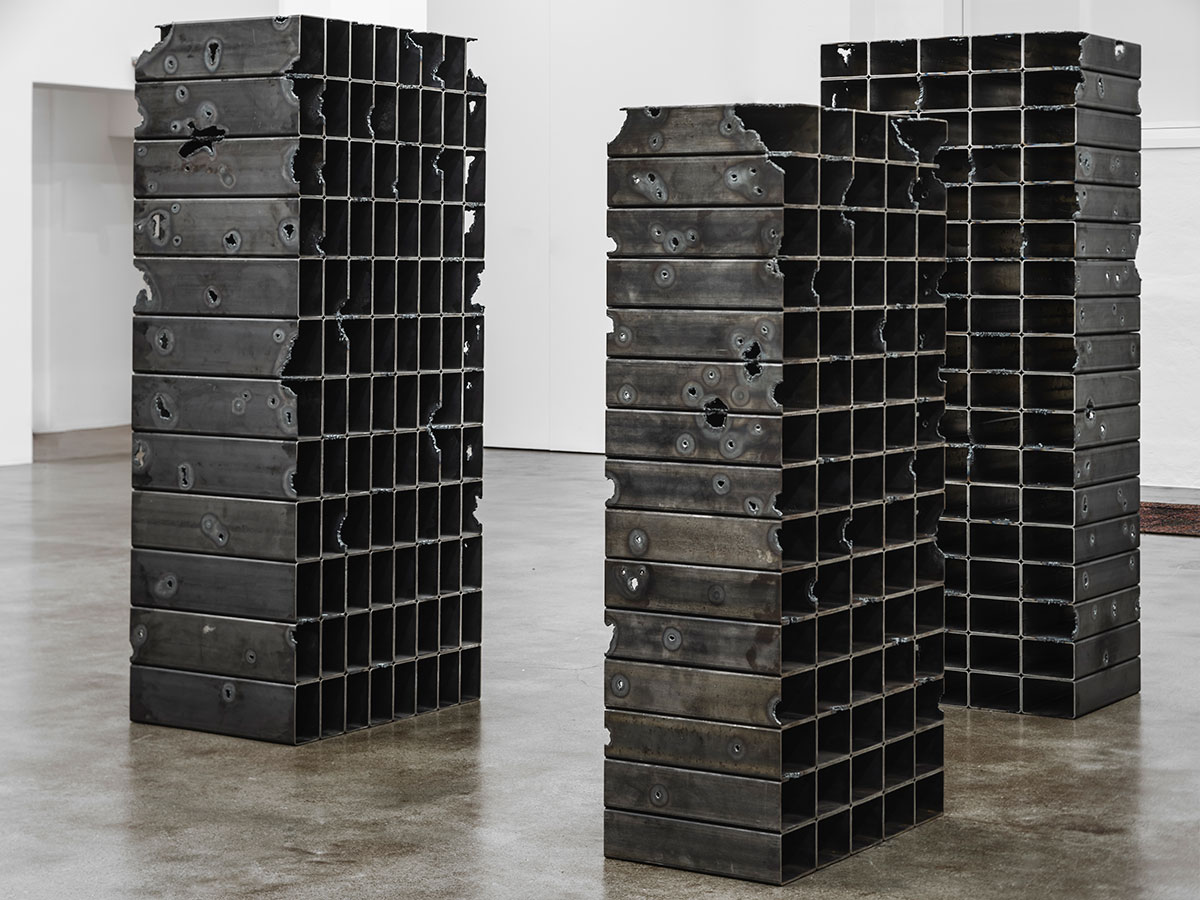
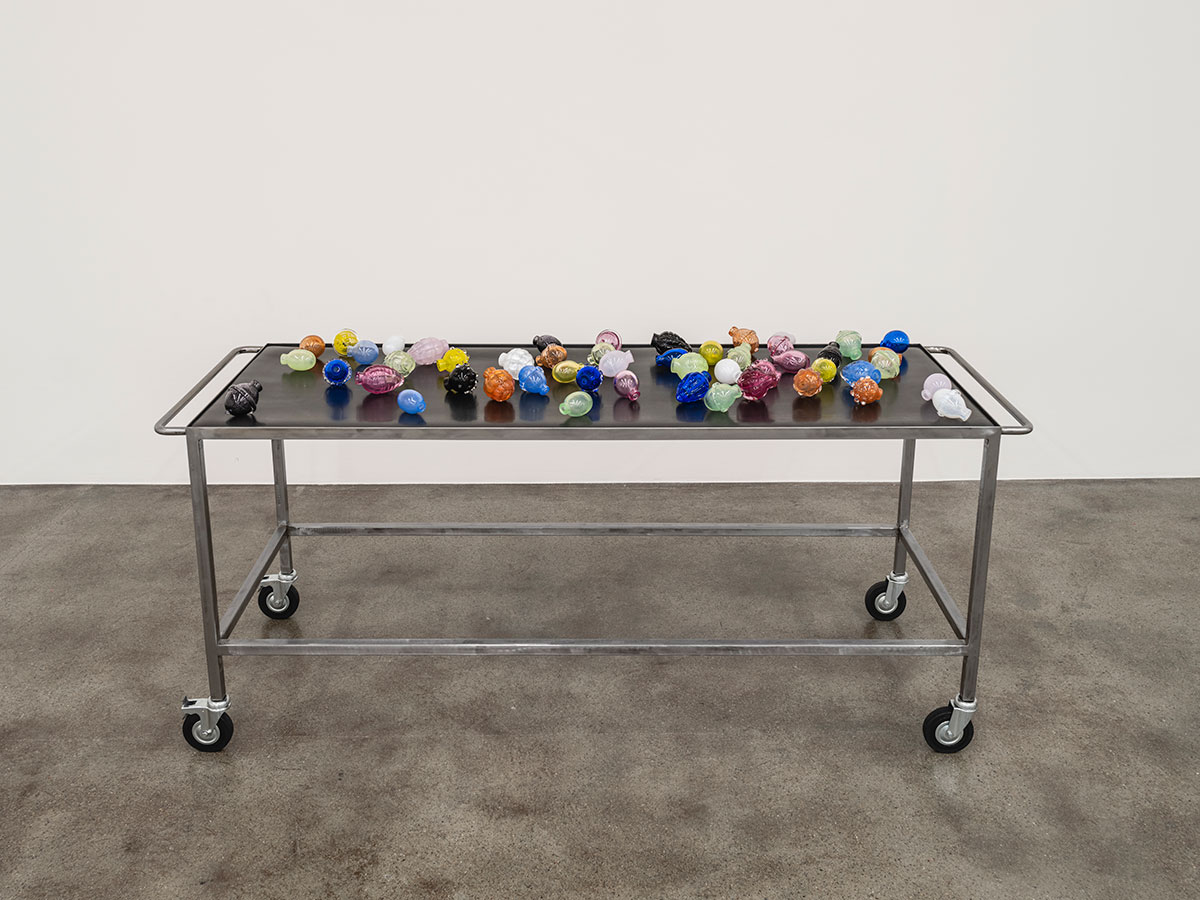
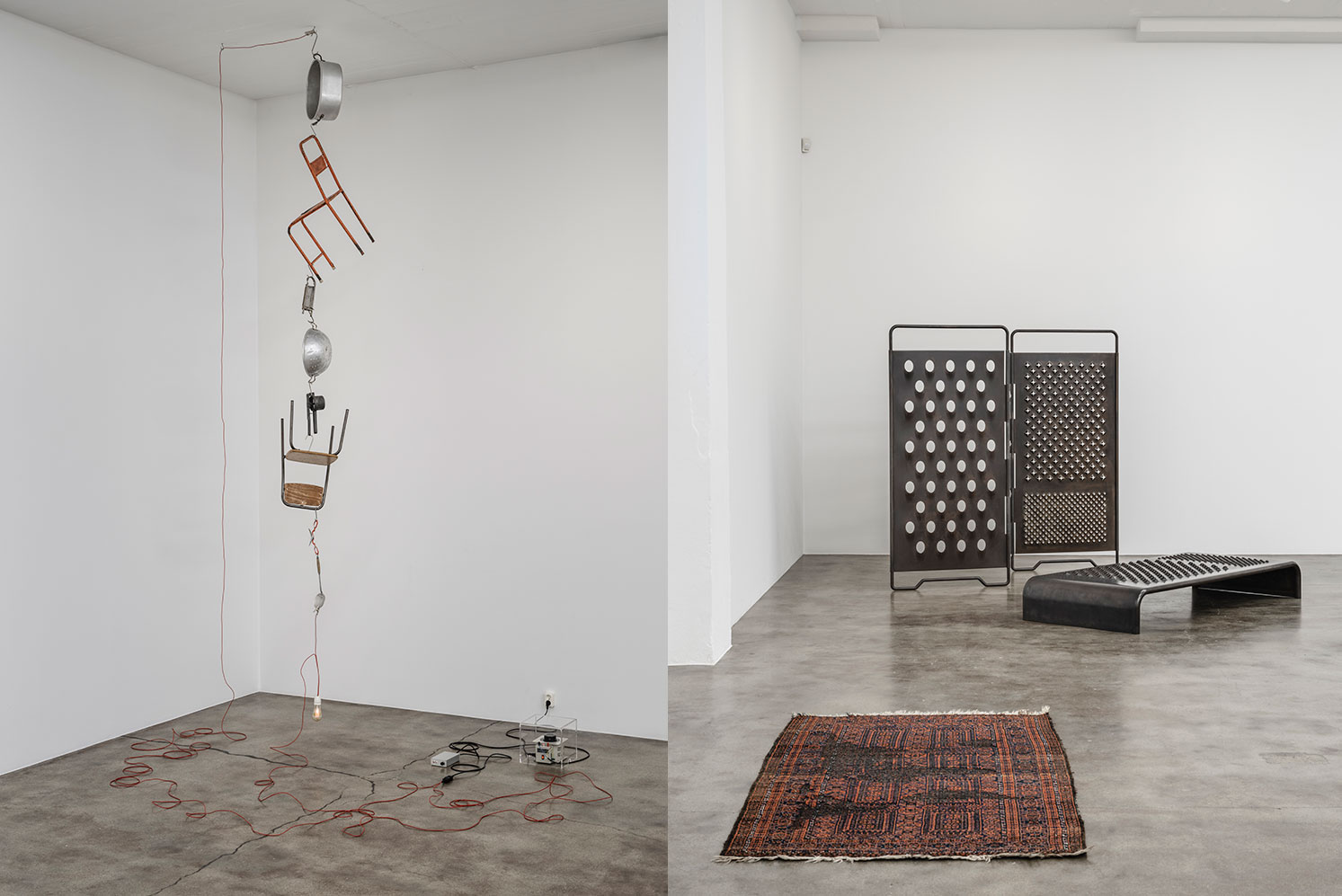
Right: Mona Hatoum, Electrified (variable IV), 2022. Magasin III Production. Image © Mona Hatoum. Installation view, Mona Hatoum – Revisit, Magasin III Museum for Contemporary Art, 2022. Photo: Jean-Baptiste Béranger
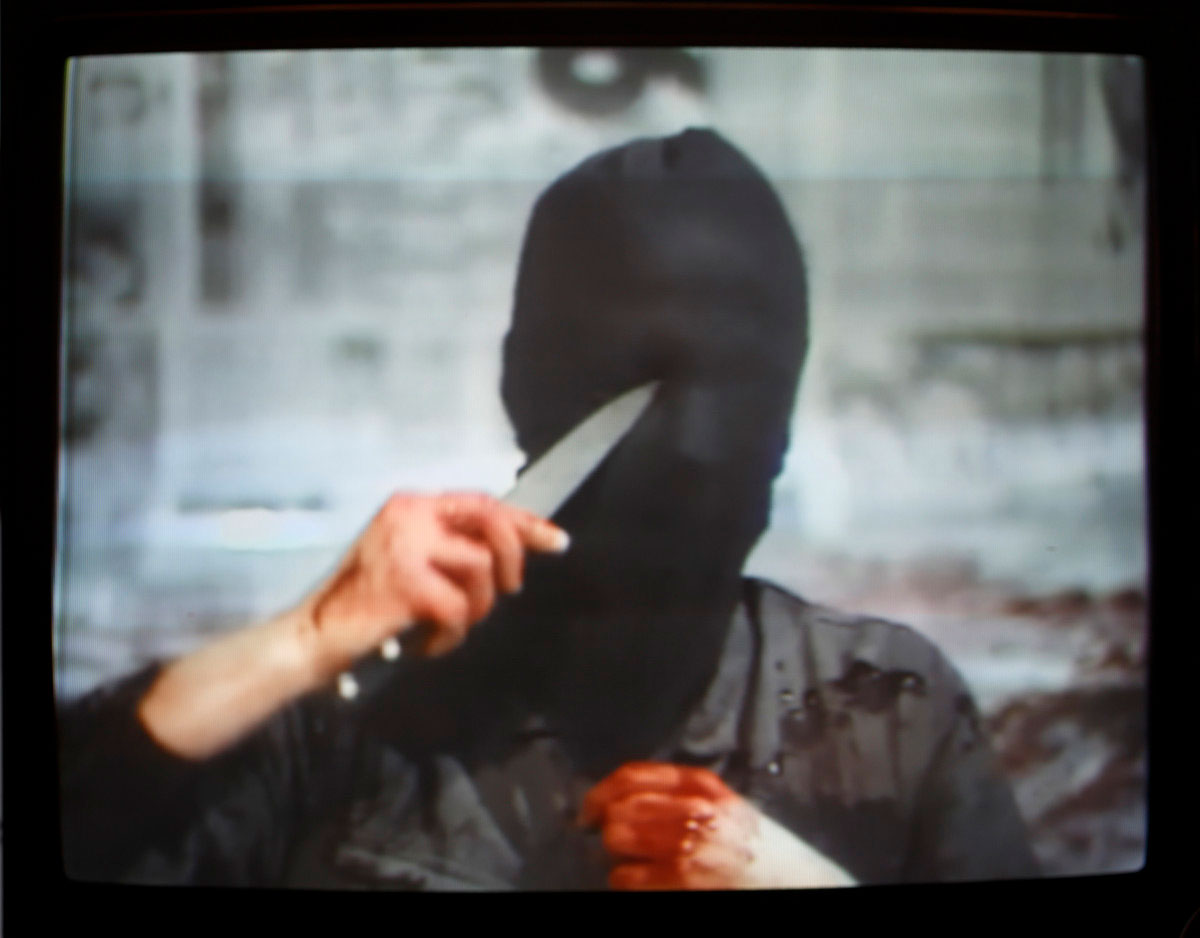
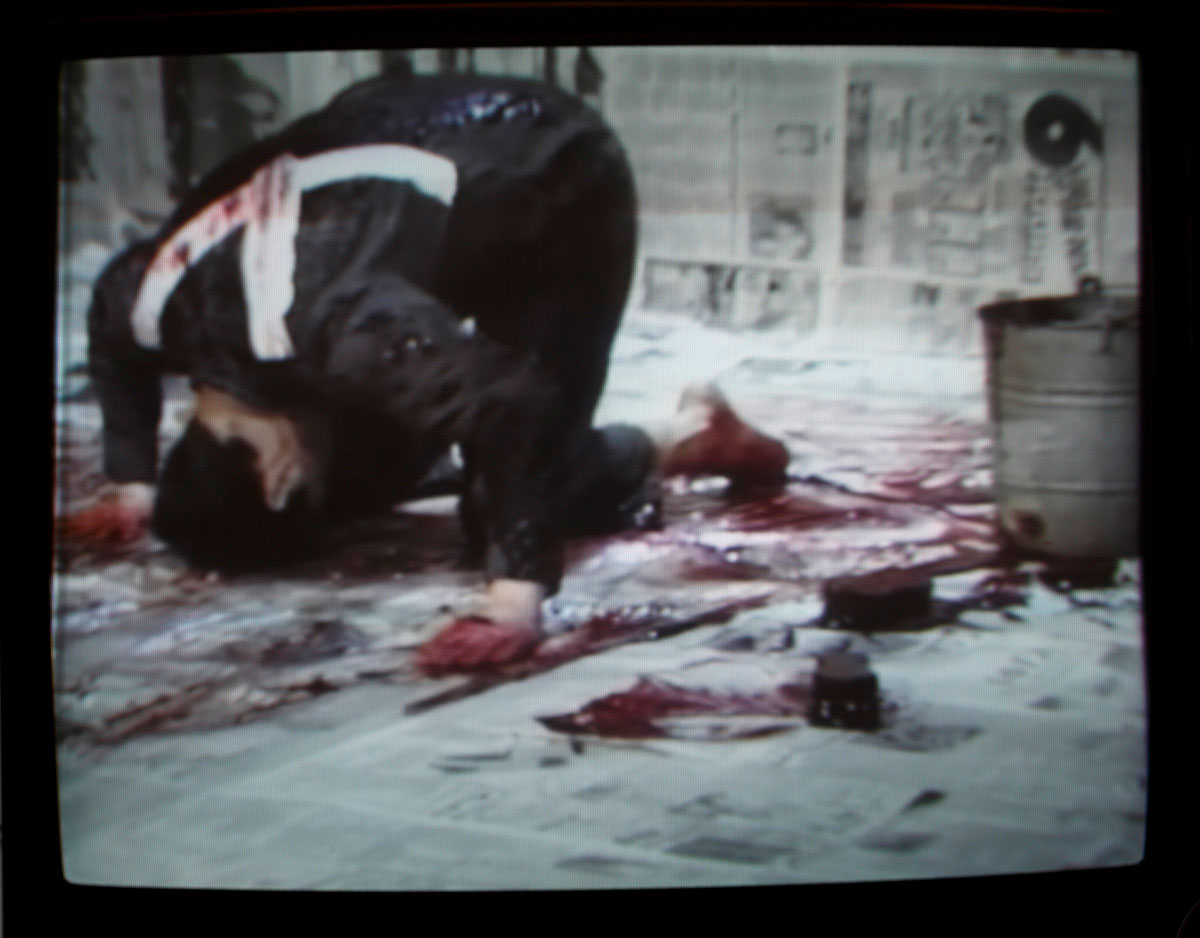
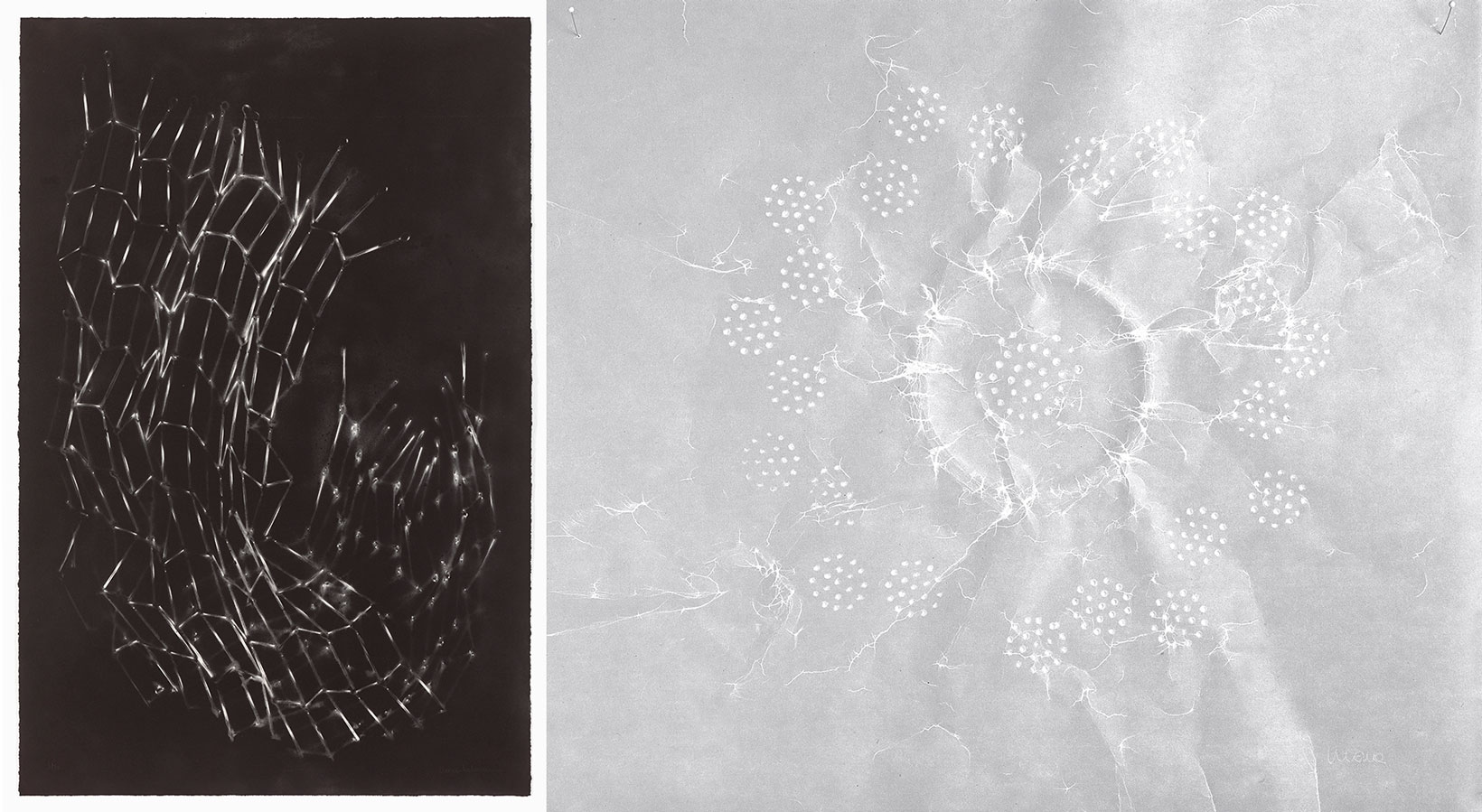
Right: Mona Hatoum, Untitled (passoire de J–L) I, 1999. Mona Hatoum Studio. Image © Mona Hatoum. Courtesy Le Creux de d’Enfer. Photo: Joël Damase
